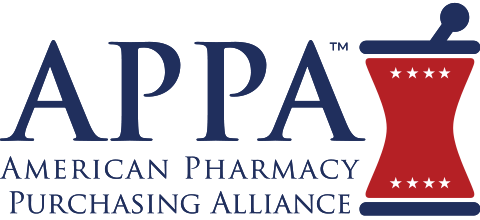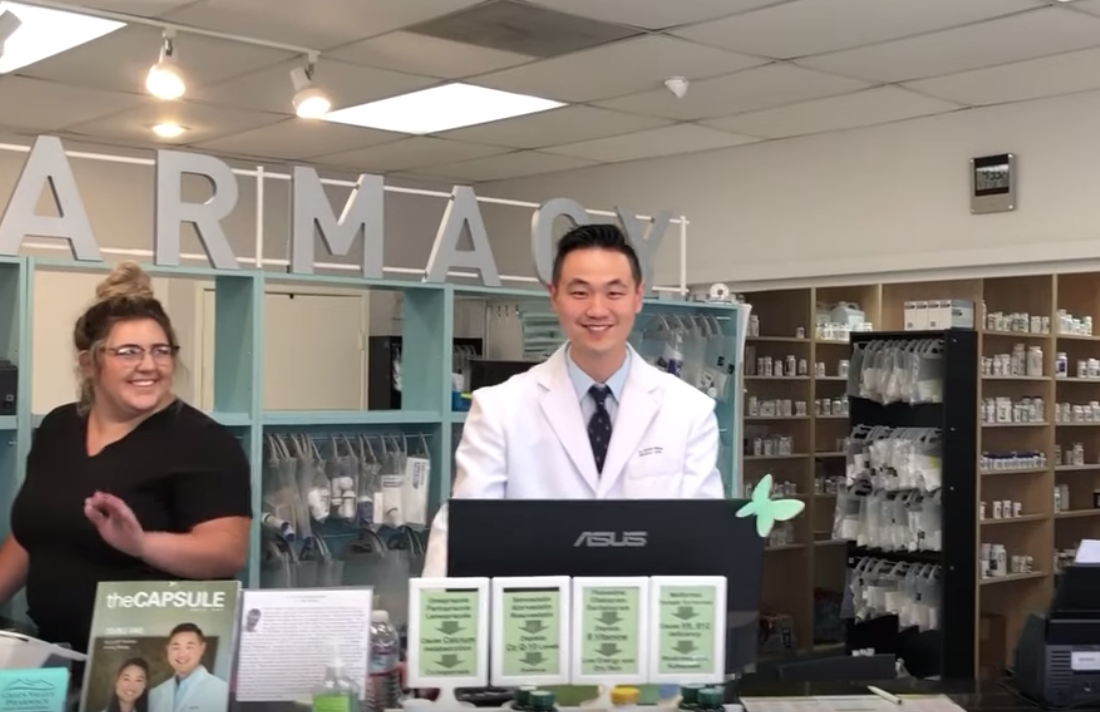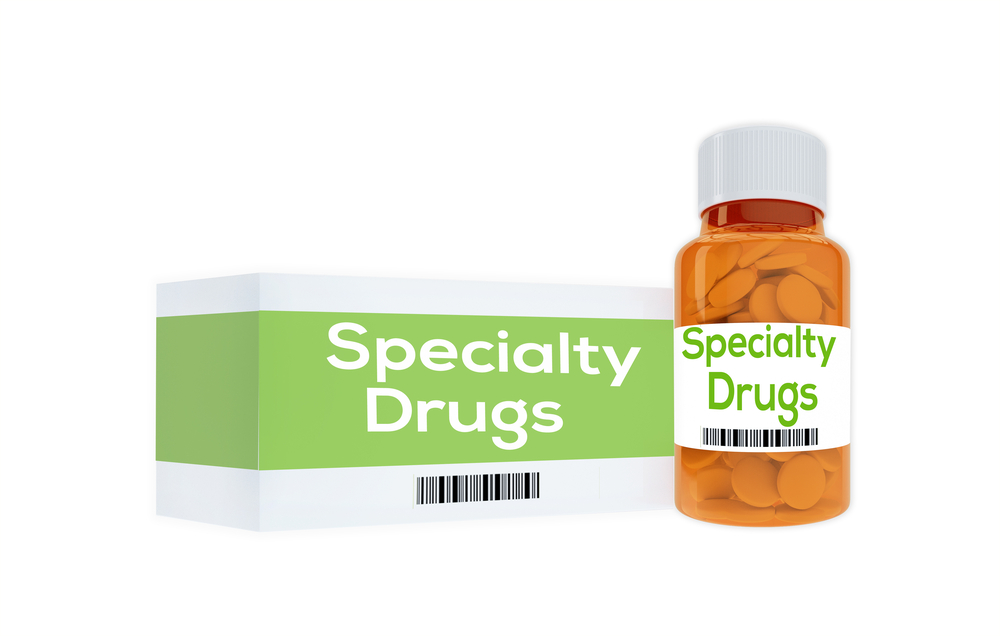The field of medicine is one of the most studied areas of science for a good reason. With thousands of diseases affecting millions of people around the world, it’s been a mission for many countries to find the right treatments and medications to improve quality of life and prevent mortality rates from skyrocketing to unprecedented numbers.
But while most of us know about popular diseases like diabetes mellitus, cardiovascular disease, cancer and hypertension, there are also those orphan diseases that are so rare they only affect a small percentage of the world’s population. They are usually treated using medications called orphan drugs.
Orphan diseases and orphan drugs: A closer look
To gain a better understanding of orphan drugs, we need to learn about what orphan diseases are and how they affect the world’s population.
Orphan disease defined
A disease is categorized as a rare or orphan disease when it only affects a small number of people in comparison with the general population. In European standards, for instance, a disease is considered rare when it affects only one in every 2,000 individuals. In general, 1 in 17 people will suffer from a rare disease in their lifetime.
Today, there are at least 7,000 types of rare diseases, many of which are considered chronic and life threatening. Most orphan diseases also appear early in life where 30% of children affected by them die before their fifth birthday.
More than 250 new medical conditions are also being described in medical literature every year. However, there is still no proper definition of orphan diseases because they differ in each territory.
The most notable orphan diseases
Medical breakthroughs and the development of orphan drugs may have saved millions of lives, but more than 350 million people around the world are still suffering from a group of orphan diseases. The most common types of rare diseases include:
-
- Multiple sclerosis
Multiple sclerosis is a potentially disabling disease of the brain and central nervous system where the immune system attacks the myelin sheath that covers the nerve fibers causing miscommunication problems between the brain and the rest of the body.
It affects 90 in every 100,000 individuals and if not treated with orphan drugs, it can cause permanent damage to the nerves.
-
- Narcolepsy
Narcolepsy is a neurological disorder where the individual has difficulty controlling sleep and wakefulness. It is characterized by hallucinations, excessive sleepiness, sleep paralysis and even episodes of cataplexy where the patient experiences partial or total loss of muscle control. Narcolepsy affects 50 in every 100,000 individuals.
-
- Primary biliary cholangitis
Formerly known as primary biliary cirrhosis, primary biliary cholangitis is an autoimmune disease of the liver resulting from a slow and progressive destruction of the liver’s small bile ducts. This results in a buildup of toxins in the liver called cholestasis. This orphan disease affects 40 in every 100,000 individuals.
-
- Fabry disease
Also known as Anderson-Fabry disease, this rare genetic disease is part of a group of conditions known as lysosomal storage disease. It affects the skin, kidneys and heart due the genetic mutation that interferes with the function of sphingolipids. Fabry disease is usually diagnosed in childhood and affects 30 in every 100,000 individuals.
-
- Cystic fibrosis
Cystic fibrosis is a rare inherited disease that affects the lungs, digestive system and other organs of the body. A defective gene that affects the cell’s ability to produce sweat, mucus and digestive juices usually causes the disease and it affects 25 in every 100,000 individuals.
Orphan drugs defined
With at least 90% of the known orphan diseases still lacking treatment, the need for high quality orphan drugs has never been more important. An orphan drug is generally defined as a pharmaceutical agent that is developed specifically to treat medical conditions called rare or orphan diseases.
Because orphan drugs are used for conditions that are so rare, developing them would not be profitable enough for private pharmaceutical companies without the help of the government.
In many countries, research and development for orphan drugs is often a subject of public policy and those with the right support from the government have resulted to breakthroughs that otherwise might not have been possible if only private companies funded them. But patients with orphan diseases are still spending more for treatments because orphan drugs are priced higher because of their limited availability.
As of 2014, 281 orphan drugs are available on the market while more than 400 are still undergoing clinical trials. The United States is leading the development of these drugs with more than 300 clinical trials underway followed by Europe. There is a total of 600 clinical trials today, 231 of which are on phase 2.
The cost of orphan drugs
Since orphan diseases are not widely known around the world, the cost of developing orphan drugs are considered higher than traditional drugs. However, many countries are starting to find ways to back the research and development of these drugs to help give patients better quality of life.
The United States is leading the charge with government-backed incentives like tax credits for the cost of research and development and clinical trials. This will help lower the cost of orphan drugs and speed up their delivery to the market. Countries like Australia, Europe and Japan are also following the same strategy.
The estimated worth of pharmaceutical companies focusing on developing medications for rare diseases are about half a trillion, roughly about 17.5% of the total value of the big pharmaceutical industry. The total enterprise value of the market is at $508 billion.
In the United States, the average cost of an orphan drug for every American patient can reach up to $151,000 per year as compared to only $34,000 for non-orphan drugs. This cost is set to grow further in the future, as orphan drugs will make up one-fifth of the total prescription sales around the world by 2024.
It’s easier for pharmaceutical companies to get marketing approval for an orphan drug in the United States and Europe because of initiatives that are geared towards encouraging the development of these types of drugs. This can include financial incentives and extended exclusivity periods for producers to enjoy sole rights to market their drug.
The Orphan Drug Act (ODA) of 1983
On January 4, 1983, President Ronald Reagan signed the Orphan Drug Act (ODA) into law to help incentivize the research and development of orphan drugs.
-
- What is the purpose of the act?
The main goal of the ODA is to encourage pharmaceutical companies to develop more drugs to treat rare or orphan diseases.
The act was amended in 1984 to classify rare diseases as those affecting less than 200,00 people in the United States, but it also covers drugs for medical conditions that affect more than 200,000 but the cost of making them would exceed their revenue if marketed in the United States.
-
- What are the incentives of the ODA?
One of the biggest incentives provided by the ODA is the 7-year marketing exclusivity of orphan drugs for pharmaceutical manufacturers. This gives them the chance to get their investment back without pricing their drugs too high. The ODA also awards several grants to academic-based researchers and pharmaceutical companies annually for the development of orphan drugs and offers a 50% tax credit for expenses incurred during the evaluation of an orphan drug.
There are also some exemptions given only to companies developing orphan drugs. Although they follow the same development path as regular drugs, the government acknowledges that since rare diseases affect only a small percentage of the population, it may not be possible to test the drug on 1,000 patients during a phase III clinical trial.
-
- What is the impact of the ODA?
Since it was enacted in 1983, the ODA already had a huge impact on the development of orphan drugs. A 2011 paper by Aaron S. Kesselheim of the Harvard Medical School showed that from a single orphan designation in 1983, the number increased to 40 in 1984 and as high as 121 in 2007.
From January 1983 to May 2010, the FDA already approved 353 orphan drugs and granted designations to 2,116 compounds. And as of 2010, 200 of the 7,000 officially designated rare diseases are now treatable.
Roche is one of the biggest manufacturers of orphan drugs in the world producing Rituxan, a drug primarily used to treat rheumatoid arthritis. When combined together with another Switzerland-based company Novartis, both companies were able to generate more than $20 billion in worldwide revenues for orphan drugs in 2018.
Although not designated as an orphan disease, the FDA has approved the use of the ODA for the research and development and creation of orphan drugs to treat AIDS. In 1995, 13 of the 19 FDA-approved drugs were designated orphan status, 10 of which have received marketing rights. There are also more than 70 designated orphan drugs for the treatment of other HIV-related conditions.
-
- What are some of the popular orphan drugs?
With the help of the ODA and EU legislation, several orphan drugs have been developed to treat rare diseases such as cystic fibrosis, glioma, snake venom poisoning, multiple myeloma and phenylketonuria.
One of the first orphan drugs to be developed was for cystic fibrosis. In the 80s, patients diagnosed with this rare disease didn’t survive beyond their early teenage years. But with the development of Tobramycin and Pulmozyme, the life expectancy and prognosis of patients with cystic fibrosis have improved immensely.
Wilson’s disease is another rare disease that’s now treating using an orphan drug. The hereditary medical condition results in the body accumulating fatal levels of copper. Penicillamine was developed specifically for the treatment of Wilson’s disease, but it has been tested to be effective in treating arthritis as well. Another drug, Bis-choline tetrathiomolybdate is now under investigation as another treatment for the disease.
Another huge breakthrough in orphan drugs is the development of statin drugs to treat familial hypercholesterolemia. Two researchers who worked on the drug, which is now used to treat high cholesterol received a Nobel Prize in 1985.
-
- What is the future of the ODA?
While the goal of the ODA is clearly benefiting those suffering from orphan diseases, the act hasn’t been free from controversies. Some skeptics believe that pharmaceutical companies are manipulating the benefits of the ODA to take advantage of bigger revenues.
According to America’s Health Insurance Plans, the pharmaceutical industry has reportedly “gamed the system” by turning orphan drugs into multibillion-dollar products. An investigation published by Kaiser Health News in 2017 showed some drugs being designated as orphan drugs after first being designated as non-orphan.
These issues are not falling on deaf ears. Last year, FDA Commissioner Scott Gottlieb, MD said that he was open about the possibility of re-evaluating some aspects of the Orphan Drug Act. In a statement to Kaiser, Gottlieb said that it’s time to ask, “Do we have the right incentives in place?” He also mentioned in a separate blog post that the agency would study the proper application of orphan incentives.
The Rare Diseases Act was also enacted in 2002 to amend the Public Health Service Act, which aims to properly designate and control orphan diseases and orphan drugs. The act also increased funding for the research and development of orphan drugs to help people suffering from orphan diseases.
The European Union (EU) has followed suit in enacting a similar legislation from the ODA. In 2000, Regulation (EC) No 141/2000 was enacted and it referred to orphan drugs as “orphan medicinal products.”
Aside from diseases affecting only a small number of the world’s population, the EU’s definition of orphan diseases also include some tropical diseases that are mainly found in developing countries. The European Commission offers a 10-year marketing exclusivity benefit for an orphan drug after its approval. The European Medicines Agency (EMA) and the Committee on Orphan Medicinal Products administer this legislation.
Over the years, other countries have also implemented legislations that support the development of orphan drugs. Nations like Singapore, Japan and Australia have offered subsidies and other incentives for researchers and pharmaceutical companies that want to develop drugs to treat different orphan diseases.

















